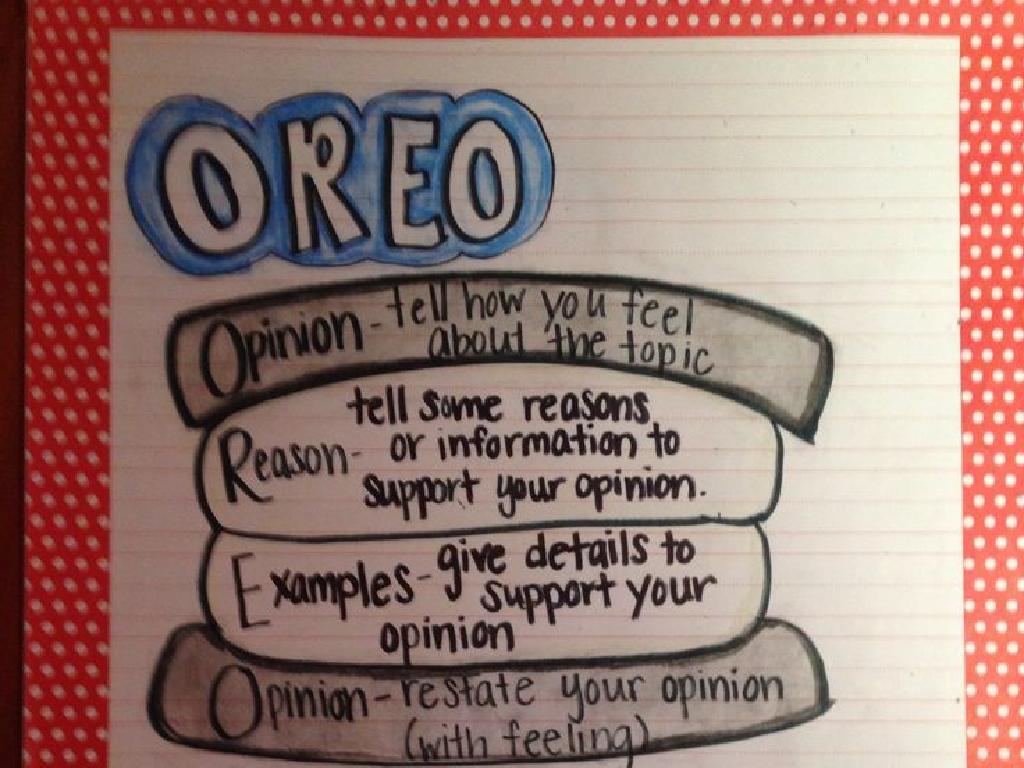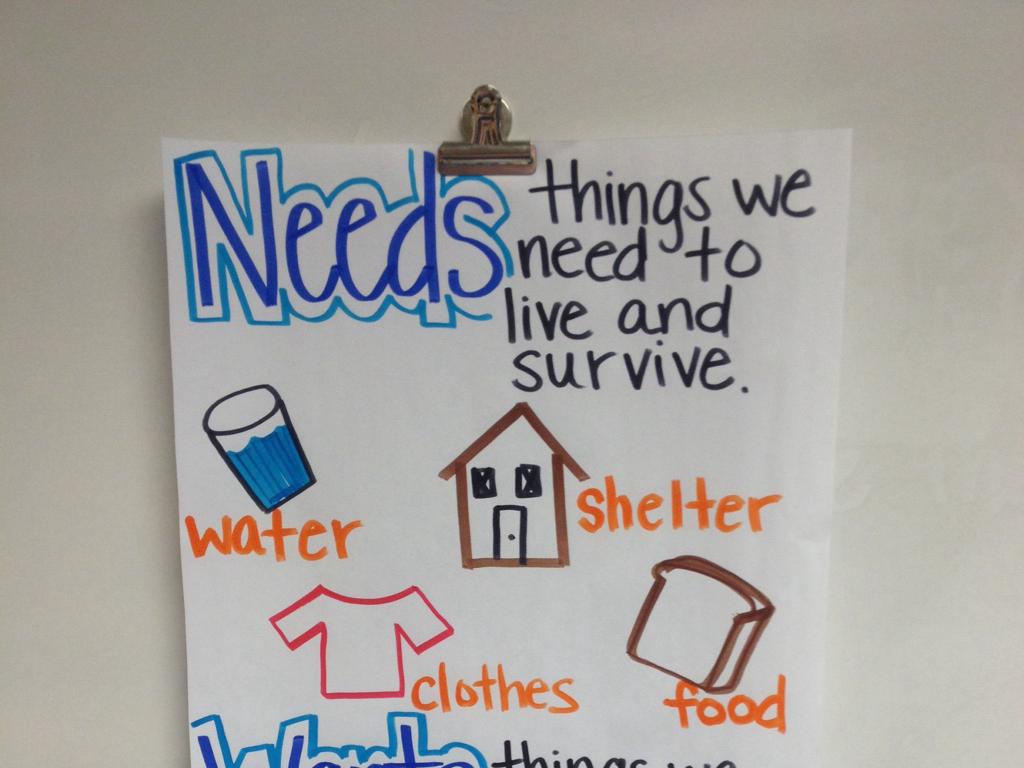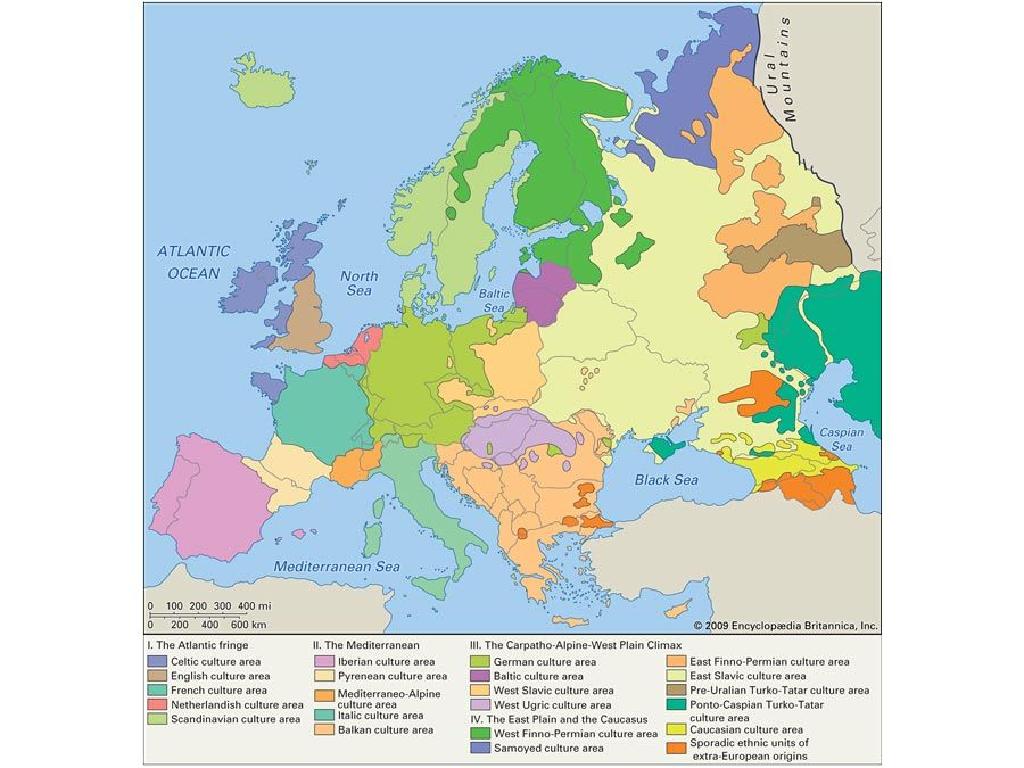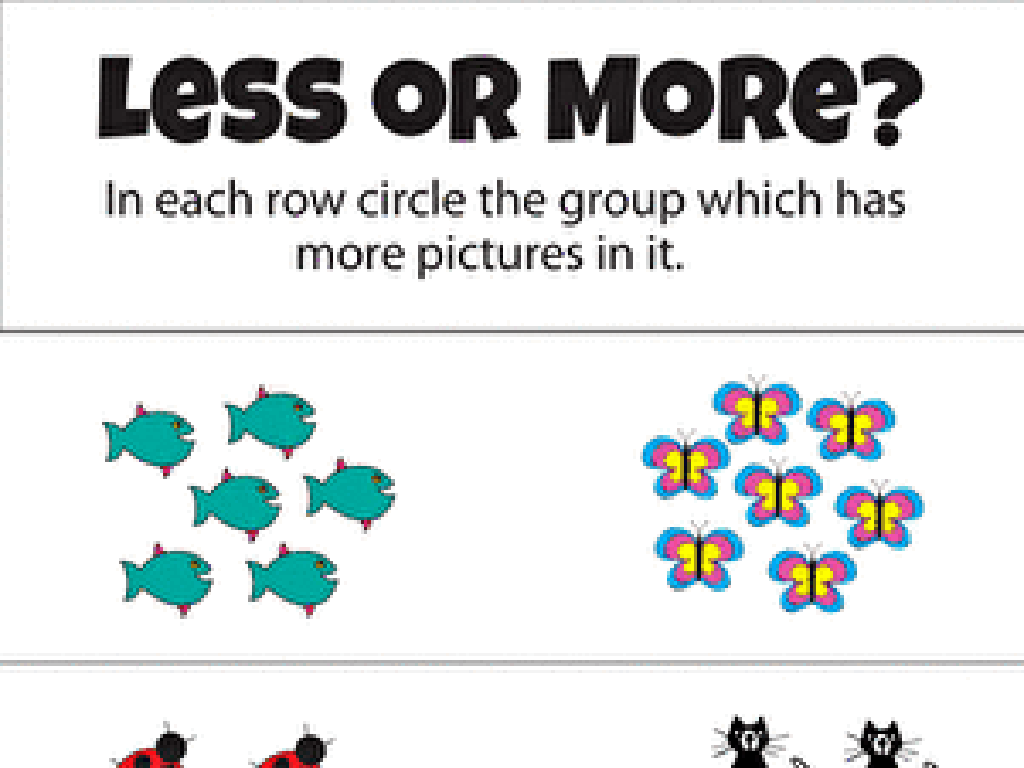Identify The Experimental Question
Subject: Science
Grade: Sixth grade
Topic: Designing Experiments
Please LOG IN to download the presentation. Access is available to registered users only.
View More Content
Identifying the Experimental Question
– Grasp the Scientific Method
– A series of steps for scientific discovery
– Why questions matter in science
– Questions lead to hypotheses and experiments
– Today’s goal: Find the Experimental Question
– The main question we want to answer with our experiment
– Practice with real-life scenarios
– Use examples like ‘What makes plants grow faster?’
|
This slide introduces students to the concept of the experimental question within the framework of the Scientific Method. Emphasize the importance of asking questions as the driving force behind scientific inquiry. Explain that the experimental question is the specific query the experiment aims to answer. It should be clear, focused, and measurable. Encourage students to think of questions they might have about everyday phenomena and how they could design an experiment to answer those questions. Provide examples and guide them to understand how to formulate a good experimental question.
Crafting the Experimental Question
– Define experimental question
– A question that guides the focus of a scientific experiment
– Traits of a strong question
– Clear, focused, and measurable with variables
– Examples of experimental questions
– ‘Does sunlight affect plant growth?’ or ‘What is the effect of temperature on solubility?’
– Non-examples to clarify
– ‘Why is the sky blue?’ or ‘What is the best color?’ lack measurable variables
|
This slide introduces students to the concept of an experimental question, which is the foundation of any scientific experiment. It’s crucial for students to understand that a good experimental question is clear, focused, and measurable, with identifiable variables that can be tested. Provide examples of well-structured experimental questions that lead to a testable hypothesis. Contrast these with non-examples that are either too broad or don’t contain variables that can be measured, to help students understand common pitfalls in formulating their questions. Encourage students to think of their own questions and evaluate them based on the characteristics discussed.
Crafting the Experimental Question
– Identify the Independent Variable
– The factor you change in the experiment
– Determine the Dependent Variable
– The factor you measure or observe
– Understand Control Variables
– Factors kept the same for fairness
– Formulate the Experimental Question
– Combine IV, DV, and CV to ask a clear question
|
This slide is aimed at helping students understand the key components of an experimental question in scientific research. The independent variable (IV) is what the experimenter changes or manipulates. The dependent variable (DV) is what is being measured or observed to see the effect of the IV. Control variables (CV) are the constants in the experiment that are kept the same to ensure a fair test. Students should learn how to identify these components in various scenarios and use them to formulate a clear and testable experimental question. Examples can include changing the amount of light (IV) to see the effect on plant growth (DV) while keeping the type of plant, amount of water, and soil quality the same (CV).
Crafting Your Experimental Question
– Pick a topic of interest
– Decide what you want to learn
– Form a testable question
– A question that leads to a hypothesis and experiment
– Understand testable questions
– It should be clear, focused, and measurable
|
This slide is aimed at guiding students through the process of creating their own experimental question, which is a fundamental step in the scientific method. Encourage students to think about topics they are genuinely curious about, as personal interest can drive engagement and motivation. Once they have a topic, they should narrow down to a specific aspect they want to understand better. The question they formulate must be testable, meaning it can be answered through a controlled experiment. It should be clear, so anyone can understand what the experiment will investigate; focused, so it addresses a specific phenomenon; and measurable, so the outcome can be quantified or observed. Examples of testable questions could be ‘Does the amount of sunlight affect the growth of plants?’ or ‘How does the type of liquid affect the rate at which an ice cube melts?’. These steps will prepare students to design and conduct their own experiments.
Group Activity: Question Brainstorm
– Break into small groups
– Discuss and create experimental questions
– Choose a topic, use ‘What if’, ‘How does’, ‘Does’ to start questions
– Share your questions with the class
– Reflect on the brainstorming process
– Think about what made some questions better for experiments
|
This slide introduces a group activity aimed at developing students’ ability to formulate experimental questions. Divide the class into small groups and assign each a different topic or let them choose one. Encourage them to use starter phrases like ‘What if’, ‘How does’, or ‘Does’ to frame their questions. After discussion, each group will share their questions with the class. This activity not only fosters collaboration but also critical thinking as students learn to identify questions that can be tested through experiments. As a teacher, guide them to understand what makes a good experimental question, one that is specific, measurable, and testable. After sharing, lead a reflection on the process to reinforce their learning.
Evaluating Experimental Questions
– Clarity and focus of the question
– Is the question specific and understandable?
– Testability through experimentation
– Can we design an experiment to answer it?
– Specification of variables involved
– Are the independent and dependent variables clear?
|
When evaluating experimental questions, it’s crucial to ensure that the question is clear and focused so that it can be understood and addressed properly. The question must be testable through an experiment, meaning there should be a way to set up an investigation that can provide answers. Additionally, a good experimental question should specify the variables involved, particularly the independent variable (what you change) and the dependent variable (what you measure). This slide will help students learn to formulate and assess their experimental questions, setting a strong foundation for scientific inquiry.
Class Activity: Design Your Own Experiment
– Select a question for investigation
– Outline experimental steps
– List steps like hypothesis, materials, procedure
– Determine the variables
– Identify independent, dependent, and controlled variables
– Plan measurement methods
– Decide how to record data: charts, tables, observations
|
This activity encourages students to apply their understanding of the scientific method by designing an experiment around a question they choose. They should start by selecting a question that can be tested through experimentation. Next, they will outline the steps necessary to conduct the experiment, including forming a hypothesis, listing materials needed, and detailing the procedure. Students must identify the different types of variables: independent variables that they will change, dependent variables that they will measure, and controlled variables that they will keep the same. Lastly, they should plan how they will measure and record their results, using appropriate methods for data collection. Provide guidance on how to structure an experiment and offer examples of recording data. Suggest 4-5 different experiments for variety, such as plant growth with different fertilizers, or the effect of temperature on the solubility of a substance.
Conclusion & Homework: Experimental Questions
– Review of experiment design
– Importance of experimental questions
– Questions guide the scientific inquiry process
– Homework: Craft 3 questions
– Observe your environment to ask questions
– Think of test methods
– Consider possible experiments to answer them
|
As we conclude today’s lesson on designing experiments, it’s crucial to recap the key points and emphasize the significance of experimental questions in driving scientific discovery. For homework, students are tasked with observing their immediate environment to formulate three thoughtful experimental questions. They should also brainstorm potential methods for testing their hypotheses. This exercise aims to foster curiosity and apply the concepts learned in class to real-world scenarios. Encourage creativity and remind students that all scientific advancements begin with a question. In the next class, we’ll discuss their questions and possible experiments, which will help them understand the practical application of the scientific method.






